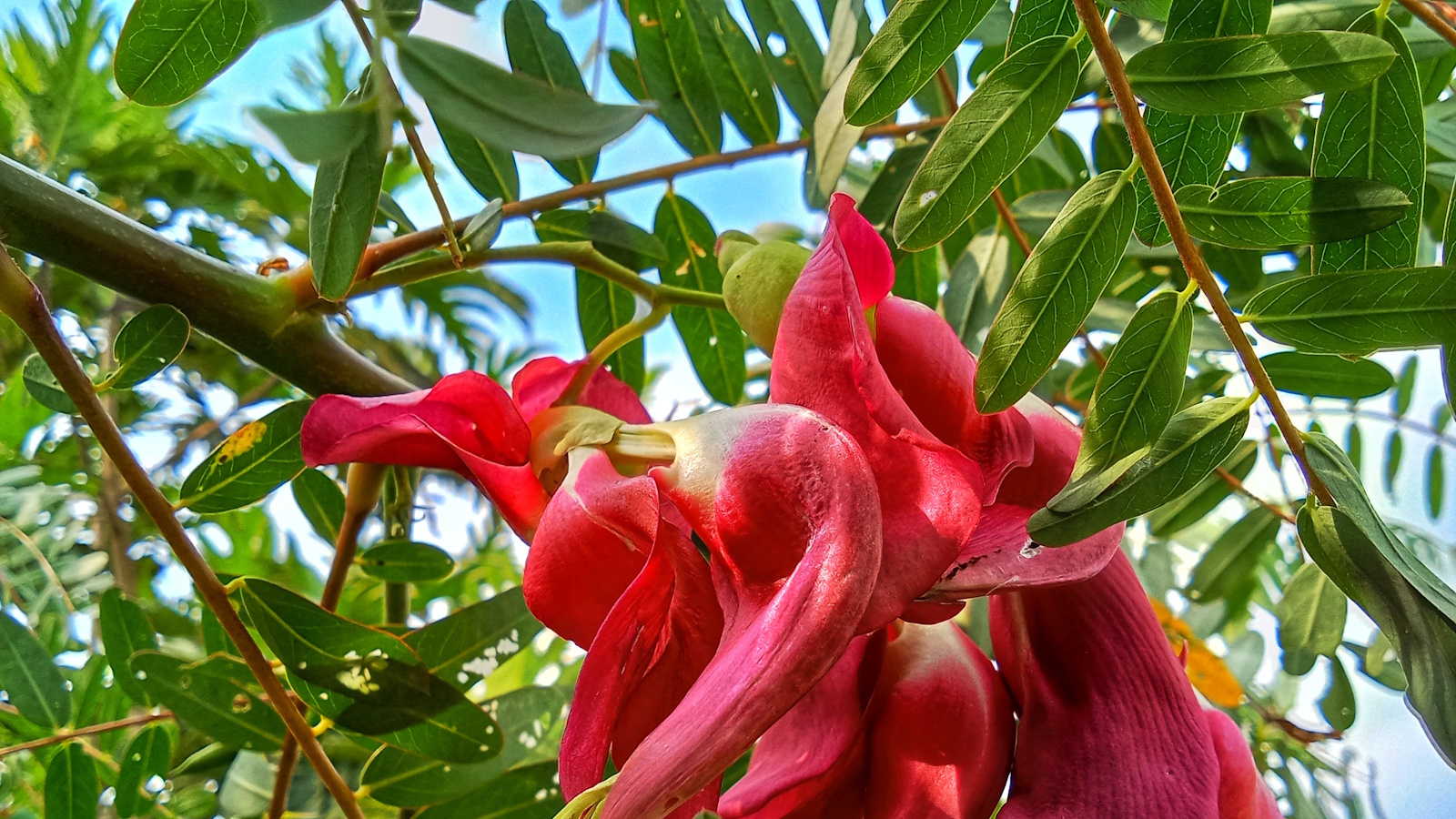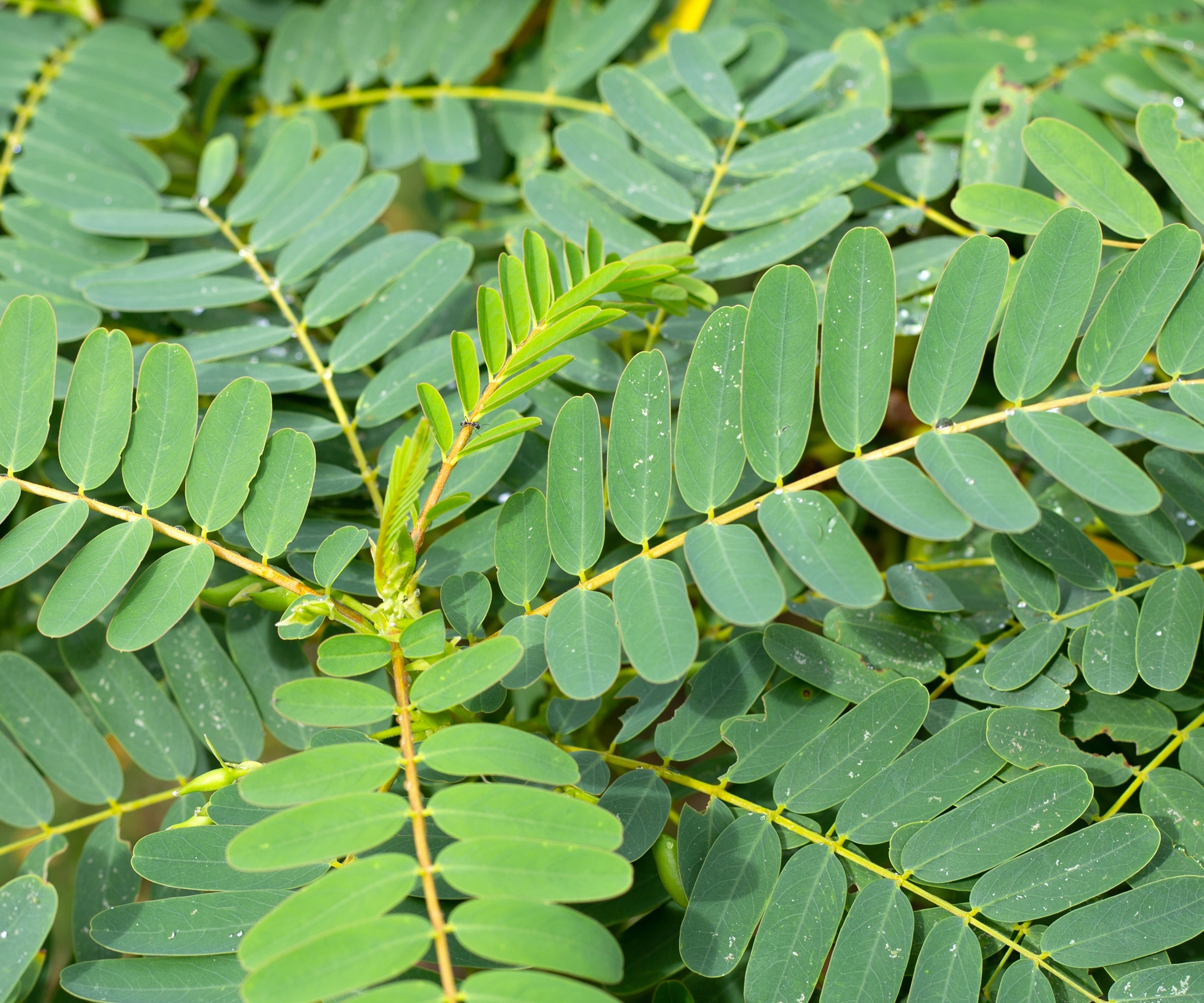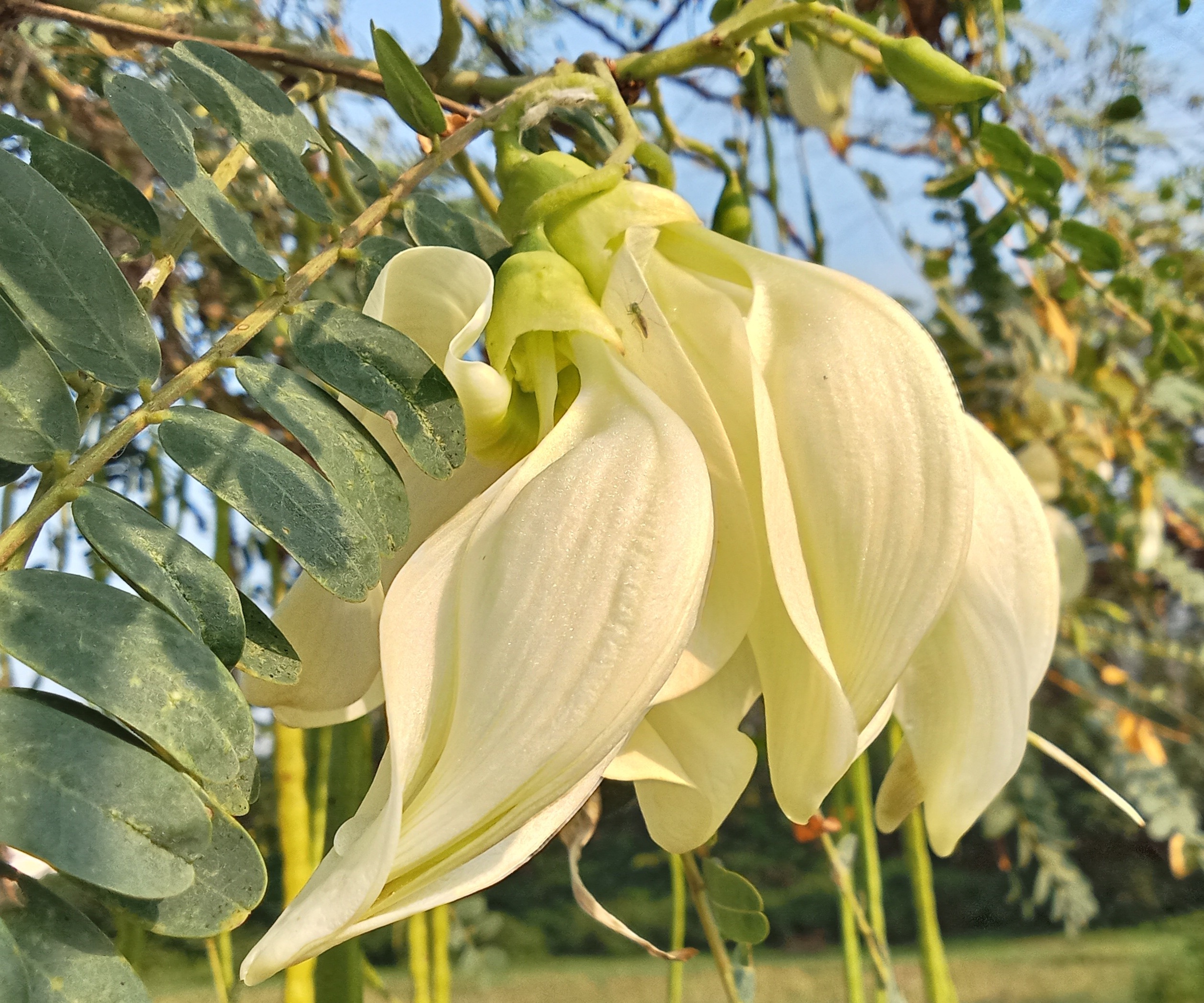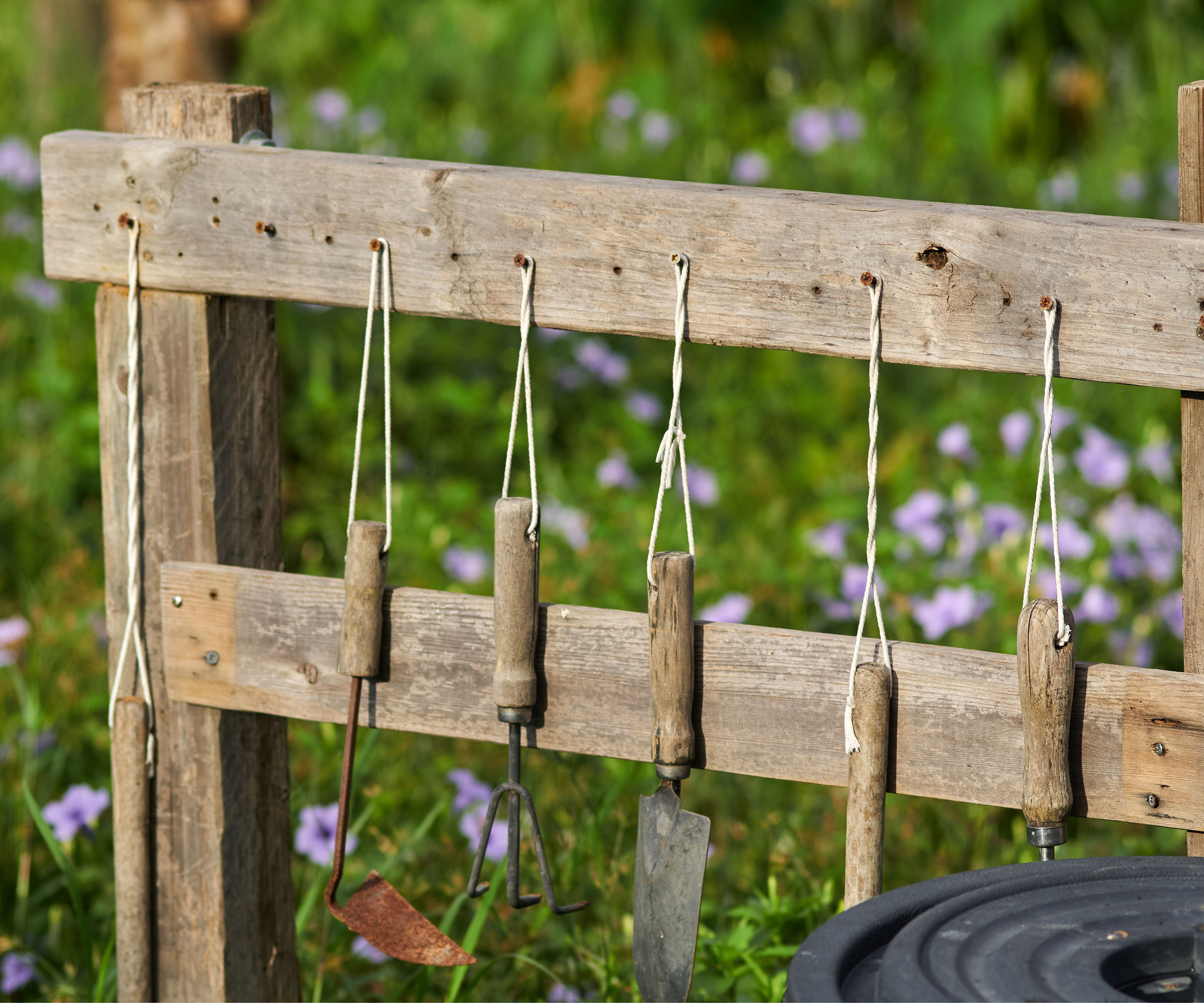
The hummingbird tree, Sesbania grandiflora, is a most unusual tree. With vibrant blooms that appear bird-like, hence the name of this species, the hummingbird tree is sure to add a unique twist to any border or pot where it is grown.
Native to Southeast Asia, this fast-growing tree thrives in warmer regions with high levels of sunshine and humidity. When happy, it will produce an impressive display of pendulous white, red or pink flowers, as seen in the images here. The blooms of this tree not only attract hummingbirds but other pollinators too, including butterflies and bees, making this an ideal choice for nature lovers.
So, if you are looking for something novel or unknown to add to your yard this year, or perhaps you are starting from the beginning and wondering how to choose a tree, our guide has all the information you need. Here, one tropical plant expert based in Florida shares top tips for gardeners on how to grow a hummingbird tree.

How to grow a hummingbird tree
Hummingbird trees are sure to add a colorful twist to your yard. In addition to simply looking good, the flowers and foliage of these fast-growing flowering trees are edible and are often used in Asian cuisine. So, if you are looking for tropical garden ideas that will not only look spectacular but also add to your culinary creations, this is the tree for you.
Things to consider about hummingbird trees

Hummingbird trees grow best from US hardiness zone 9 to US hardiness zone 10 when planted out in garden borders. 'Hummingbird trees are tender and sensitive to cold weather,' says Tatiana Anderson, tropical plant expert and co-founder of Top Tropicals.
'This tropical species thrives in humid, warm zones, so it is best to grow hummingbird trees only in regions with mild winters like Florida, Texas, Arizona and California.
'With brilliant flowers that resemble little birds, these trees will put on a spectacular show and exhibit great resilience to heat,' Tatiana adds. In equatorial regions, the foliage can be evergreen, although 'sudden changes in weather or a drop in temperature can cause defoliation.'
In cooler zones, it would be best to plant your hummingbird tree in a pot, so that it is easier to protect and bring indoors during periods of frost and snow. Try to position your hummingbird tree in a sheltered, sunny corner, giving it as much heat and sunshine as possible.
Finally, be warned that hummingbird trees can produce significant growth each year, eventually reaching 20 to 30 feet tall and wide. For this reason, some states might consider this to be an invasive plant, so always check with your local government office before planting. Planting the hummingbird tree in a pot is a clever way to limit its spread and size, and will help you to manage its growth.
Hummingbird trees can be ordered online from Fast Growing Trees.
Growing advice for hummingbird trees

Soil: 'Hummingbird trees will thrive in most soil conditions,' says Tatiana, 'although it is best suited to well-draining soils.' When planting, ensure that you incorporate plenty of horticultural grit, available from Amazon, which will help to improve drainage in borders or pots.
Light: 'For the best results, grow hummingbird trees in full sun.' These tropical plants are found in warm, sunbaked regions so will perform best with at least six hours of direct sunlight each day.
Watering: Once established, these are relatively drought-tolerant plants, well suited to hot and dry regions. However, water regularly during the first spring and summer when your tree is settling in. It is a good idea to consider mulching around the base of your tree to conserve moisture, using something like this organic mulch available from Amazon.
Fertilizing: The hummingbird tree does not require extensive fertilization, although one to two applications of a balanced fertilizer during the growing season can help to keep your plant in good health and full of flowers.
Pruning: Regular pruning will help to limit the size and spread of your hummingbird tree. After the tree finishes flowering in the spring, cut back dead or damaged branches and any overcrowded or overlapping stems. Always be sure to use clean, sharp tools, like these Felco snips, available from Walmart.
The hummingbird tree will make an unusual addition to any border or container, thriving in warmer regions. These Sesbania grandiflora Seeds will go on to produce white flowers.
FAQs
Can I grow hummingbird trees in pots?
Yes, 'hummingbird trees are a great everblooming tree for container culture,' Tatiana says. Growing these pink flowering trees in pots is a good idea to limit their growth and protect them in cooler regions. Position your container in a sunny spot in the yard, with plenty of drainage combined with the soil. In cooler zones, you can easily protect your hummingbird tree pot during the winter, using something like this frost protection tree kit, available from Walmart.
'The amazing thing to note about this species,' says Tatiana, 'is that the flowers, leaves and green fruits (bean pods) are edible, widely used in curries, salads or fried in batter in Asian cuisine.' When using any garden produce in the kitchen, always be sure to do your research to ascertain what you can and cannot eat from the exact species of plant in your yard. For more information, see our edimentals guide, full of tips and inspiration to make your yard more productive.







